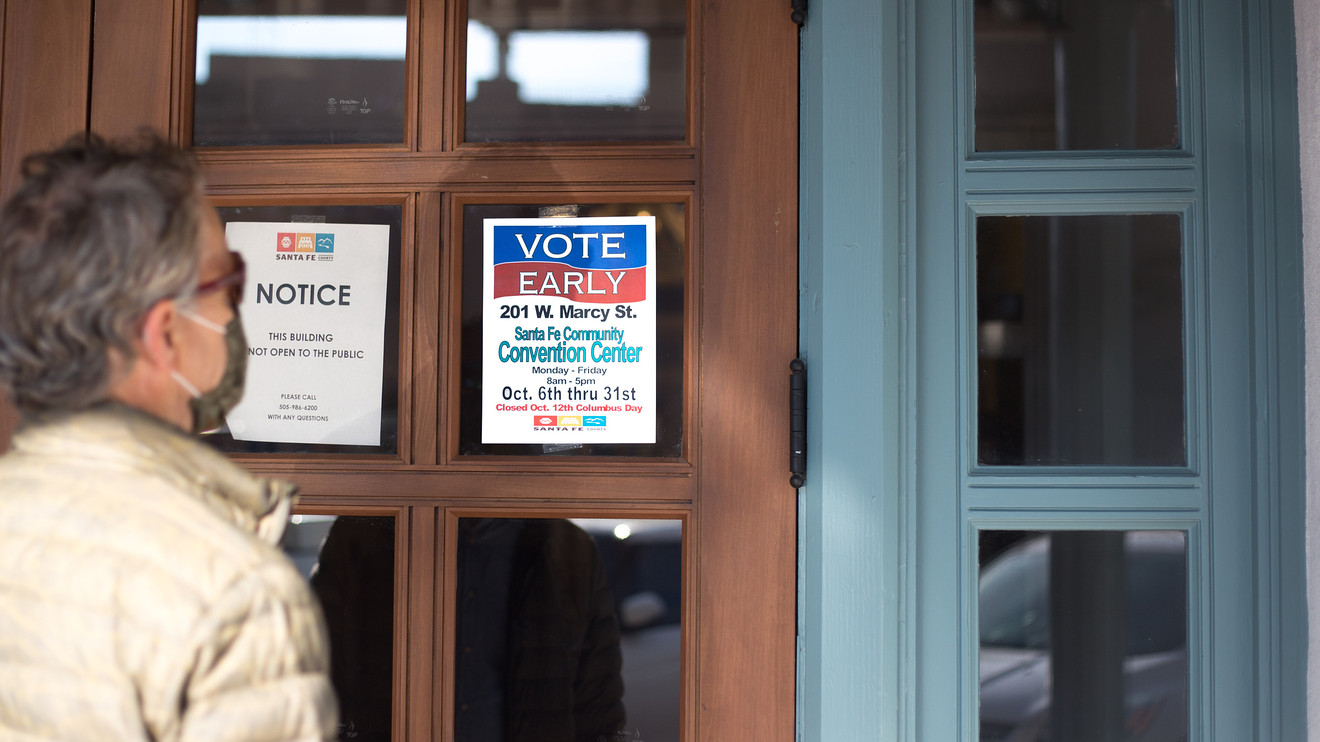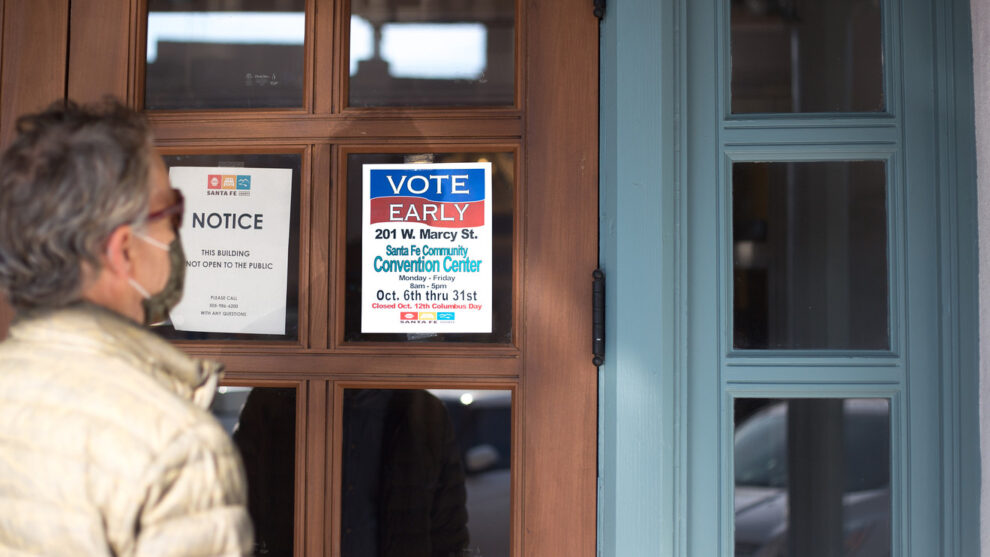
One of the groups that powered Donald Trump’s surprise White House win in 2016 was seniors. He won 52% of that group, to Hillary Clinton’s 45%.
But the president appears to be in deep trouble with them now. A Wall Street Journal/NBC News survey last month showed Joe Biden with—get this—a 27 point lead, 62% to 35%, while a CNN/SSRS poll out three weeks ago told a similar story: 60% for Biden 39% for Trump—a 21-point gap.
Read: 401(k) and IRA changes next year — what you need to know
Those are national polls, but even in swing states that will decide the election, Trump looks to be in trouble. Eleven surveys conducted over the past few weeks by AARP show Biden up big among voters age 65 and older: 18 points in Michigan, 17 in Wisconsin, 9 in Pennsylvania—the three states that put Trump over the top in 2016. He’s also up 7 points in North Carolina. The president is up in one swing state: Georgia, by 8. The two candidates are statistically tied in two states: Florida and Arizona.
Even more troubling from Trump’s perspective, is that not only have older Americans turned against him, but they tend to vote in much larger numbers than other groups. According to AARP, “71% of Americans over 65 voted (according to the U.S. Census Bureau), compared with 46% among 18- to 29-year-olds. “At the same time,” AARP adds, “the number of voters who fall into the category of “older” keeps rising.”
Why the turnaround from a seven point margin in 2016 to such big deficits now?
First and foremost, it’s the “pandemic and the issue of personal health care, particularly for folks over the age of 65,“ says John Hishta, AARP’s senior vice president for campaigns. “And all the public polling and our polling in particular show that they (seniors) don’t have a very favorable reaction to the president’s handling of the pandemic.”
And the pandemic appears to be getting worse. According to data by the COVID Tracking Project, the U.S. averaged 68,954 new cases over the past seven days, shattering the prior high set back in July.
“They hear a second wave is coming, and that’s top of mind,” Hishta says.
And, as every senior surely knows, they are in the most vulnerable age group.
Here’s the grim reality, via the Kaiser Family Foundation: “Adults 65 and older account for 16% of the U.S. population, but 80% of COVID-19 deaths, somewhat higher than their share of deaths from all causes (75%) over the same period.” That 80% implies 180,000 seniors, given the overall death toll, which currently stands at about 225,000.
Beyond the growing death toll, the economic, physical and psychological damage inflicted upon seniors has also been significant. As I mentioned last week, older Americans have paid a heavy price job-wise during the pandemic—a particularly acute problem for those who need to generate extra income.
Physically, some seniors, knowing they’re at higher risk of becoming infected, may be less inclined to go out and get the exercise they need. Even walking around the block might be deemed too risky. This lack of activity could then lead to health problems.
And it may be impossible to overstate the psychological damage inflicted by the pandemic. Lockdowns and social distancing has occurred so far during spring, summer and fall. Reluctance to travel has already meant missing birthdays, weddings, graduations and more (or watching them via Zoom). Now the holidays are right around the corner, as is a long, dark winter.
“The (psychological) impact is big,” Hishta says. “The inability to see family and neighbors…people are not in a good place. They’re very concerned.”
But the pandemic is hardly the only thing on the minds of seniors. Drug prices, for instance, continue to soar. The average price increase—for the first six months of this year alone—for 857 brand and generic drugs was 6.8%, according to a study by GoodRx.com. Price hikes like these far outweigh the meager increases in Social Security (1.3% for 2021) and Medicare that seniors are getting, and unquestionably add to their anxiety.
Read: This is how much your Social Security will rise in 2021
Then there is uncertainty about the future of Social Security and Medicare themselves. President Trump’s talk of killing the payroll tax—which is how these gargantuan lifelines are funded—produced scary headlines, like the prediction from no less an authority than the Social Security system’s chief actuary, who said killing the tax and failing to provide new funding could exhaust the program’s reserves as early as 2023.
Make no mistake: These are difficult and uncertain times for all Americans. No less so for seniors. And they will make themselves heard at the polls.











Add Comment